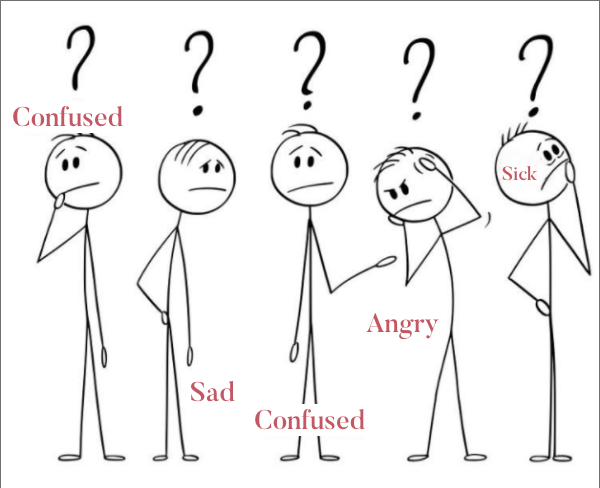
Life changed overnight. I remember driving home and listening to the news announce that schools were going to close for two weeks. I knew this meant schools were likely closing for the remainder of the school term. I then wondered what this would mean for children. As a mental health professional, my concern was not only for the educational implications but also the social-emotional challenges this would present.
We like to believe that our children are naturally resilient and can bounce back from significant disruptions. The truth is, their resiliency is dependent on the adults in their lives. Children need us to help them cope, to learn how to express emotions, and to have adults who model healthy resilience.
- Don’t assume to know how your child is feeling about the pandemic. Ask them. If they’re young or have developmental delays, explain in terms they will understand. Get them to draw their feelings by using crayons to represent different emotions. Ask them to tell you where their feelings are in their body. Let them know that whatever feelings they have, it’s okay.
Here are a cute couple of videos that help children understand their emotions. We call this emotional literacy, the ability to understand, identify, and express feelings appropriately.
https://youtu.be/dOkyKyVFnSs– for younger kids
https://youtu.be/VL5MvZKgVZA for tweens
- Anxiety manifests differently in children than in adults. Some signs include: increased irritability, decrease in attentiveness and focus, changes in sleep and appetite, difficulty sitting still, tearfulness, easily frustrated. Some children experience physical symptoms of anxiety—rapid heartbeat, sweating, shortness of breath, and jitteriness. Here are simple things you can do if you believe your child is experiencing anxiety: Call the pediatrician; many physical problems mimic stress. Teach your child how to do deep breathing. This simple technique works for resetting the parasympathetic nervous system. Here’s a video that helps kids learn how to breathe to calm their nerves:
https://youtu.be/gLbK0o9Bk7Q– for younger children
https://youtu.be/PmBYdfv5RSk- for older children
https://youtu.be/nmFUDkj1Aq0 for older teens and adults
- Help your child feel confident. Rather than providing them with answers to daily struggles, help them to figure out how to navigate problems. For example, social distancing means your child cannot interact with their friends in ordinary ways. They are likely missing their pals. Get them to brainstorm ideas to have contact with their friends that comply with social distancing guidance. It’s okay to help, but reassure them that they can do this. Make sure you have reasonable expectations for your child’s emotional and physical development.
- Get your child to contribute to the well-being of the household. We feel good about ourselves when we’re contributing and being helpful. Talk to your child about ways they can contribute to the family. Give your child praise to encourage more of the behaviors that you want to see. Here’s a way to praise—”I like the way you took the trash out without me asking.” Notice them doing their part to contribute to the household’s well-being.
- Teach your child how to reframe things. It’s easy to get caught up in how awful things are and feel resentful that life has changed in so many ways. Being stuck inside can be reframed to be—safer inside. I can’t see my friends can be reframed as – It won’t be this way forever, and when I see my friends again, we will have so much to catch up on. Reframing helps us not feel so threatened by circumstances that we have little control over.
As you help your child build resiliency, make sure you’re modeling it. It’s okay to express normal human emotions in front of your child while reassuring them that all feelings are okay. Reassure them that they are safe, and as a parent, you will do all within your power to protect them.
(Bolton Street resident Lisa R. Savage is a Child and Adolescent Therapist)
